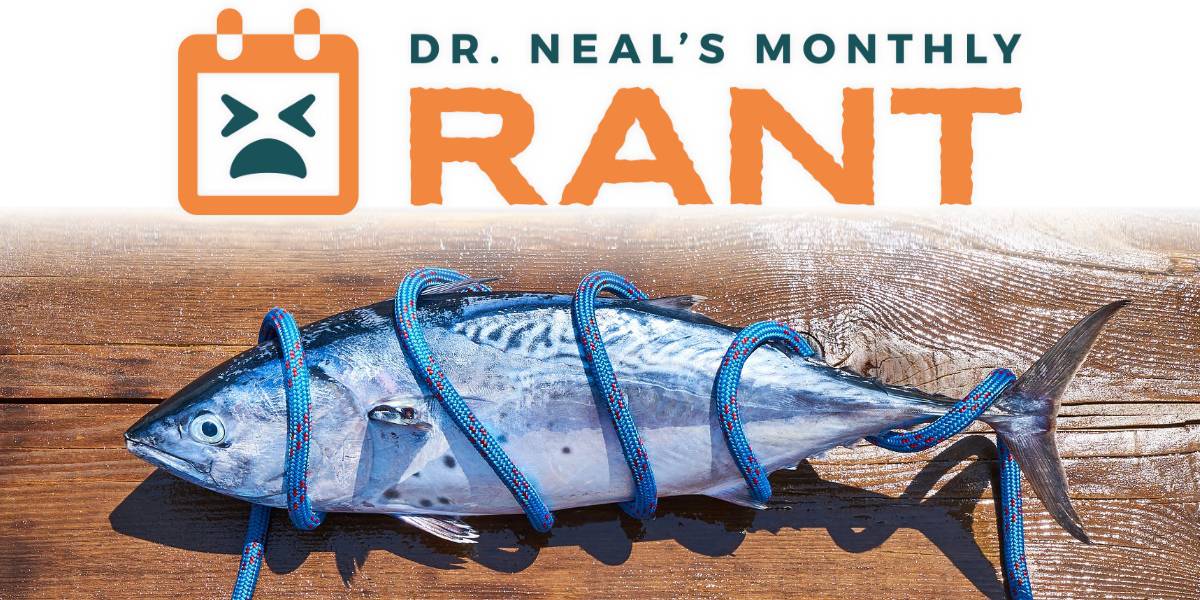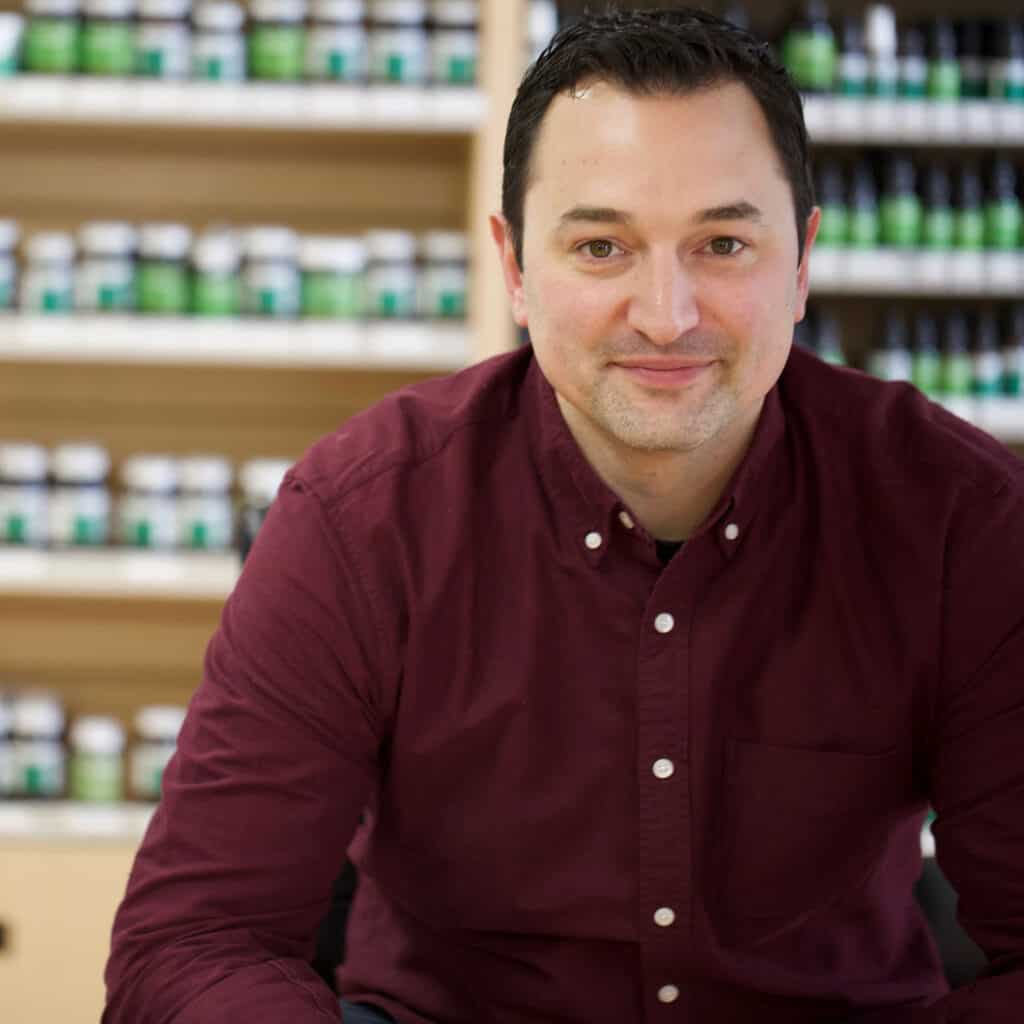Today we present you with more than you’d ever want to know about fish oil production. Many patients are telling us, “I’ve heard fish oil processing is bad.”
Recently this has been paired with “Fermented Cod Liver Oil (FCLO) is the way to go.”
This rant will be a thorough breakdown of the myths surrounding fish oil processing and an equally thorough beat-down on FCLO and the claims they make.
No fish in the ocean are contaminant-free. All commercial fish used to make fish oil must be processed in order to remove the contaminants. Without processing, fish oils would contain such lovelies as PCBs or arsenic. Also, they would spoil and go rancid very quickly.
Neither is a good thing to happen to your fish oil.
So you are more familiar with the terminology, the two main methods of fish oil processing are molecular distillation and supercritical extraction. Both work just as well and are just as effective.
Here is a pretty picture describing how most fish oil is processed.
Let’s go through the myths that are currently being circulated:
The heat from processing damages the fish oil.
This is partially true. Heat in the presence of oxygen would damage the fish oil. This is why the distillation is done in an oxygen-free environment.
Fish oil processing removes many of the other beneficial fatty acids.
This is completely false. With the exception of a small handful of products that are pure EPA or DHA, all fish oils, regardless of processing methods, retain the other fatty acids. This is the section on a fish oil label that says “Other Omega-3 Acids”. Most fish oil companies tend not to make a big deal about them as there is no data to support their benefit like there is for EPA and DHA.
Fish oil processing removes the fat-soluble vitamins.
This one is true. While fish oil processing does remove most of the fat-soluble vitamins, many do retain some of the Vitamin A and Vitamin D.
So we have two options. First, leave in the contaminants to get the “natural” levels of fat-soluble vitamins. Second, remove the contaminants and then supplement with natural sources of Vitamin A or D (which, in fact, is usually cod liver).
We tend to support companies that go with option 2, which fortunately is most of them.
EPA and DHA content of fish oil is not that important.
This is completely false. All studies done on fish oil are based on the EPA and DHA content. Low dosages (less than 1000 mg of EPA and DHA) do not seem to be beneficial, whereas dosages 3000 mg and higher seem to have tremendous benefit. Prescription fish oil, Lovaza, contains approximately 3200mg of EPA and DHA… with LOTS of data to support it.
No company has come forward with data to refute their claim that the EPA and DHA content doesn’t matter. In fact, at this point it’s pretty counter-intuitive.
FCLO is more beneficial than regular fish oil.
Fermented Cod Liver Oil, or FCLO, is a new “magical” product that makes claims to be the ultimate in Omega-3 supplementation. “It’s unprocessed” (but fermentation is a form of processing) and “it’s rich in other vitamins” (yeah sure… keep reading for fun with that) are the biggest claims to fame.
Not one clinical trial has been conducted on FCLO. The groups touting benefit have no proof whatsoever to back up this statement.
In fact, there’s something FISHY (heh heh) about FCLO. Let’s walk you through a short and sweet version of our process to determine a good fish oil.
Step 1. Check the label.
Fish and fish livers contain natural Vitamin D3. This is the bio-active form humans use most readily – the one we want.
Vitamin D2 is the plant form that’s found only in trace amounts in fish.
FLCO product testing reports Vitamin D2 as the majority source of Vitamin D. How does it get there if it’s not naturally occurring?
Next on our list is “B-17” or “laetrile.” This compound is usually only found naturally in low doses in certain plant seeds. It’s not really a B Vitamin. One FCLO company shows that this laetrile is present in their product.
Here’s what the American Cancer Society has to say about laetrile:
Available scientific evidence does not support claims that Laetrile or amygdalin is effective in treating cancer or any other disease. Both contain a small amount of a substance that can be converted to cyanide in the body, and several cases of cyanide poisoning have been linked to the use of Laetrile. The U.S. Food and Drug Administration (FDA) has not approved Laetrile as a medical treatment in the United States.
One more point: a closely related but synthetic substance is described as “laetrile”, but it shouldn’t be used interchangeably with the naturally occurring substance. Which one could be found in FCLO?
The EPA and DHA content of the FCLO is very low. In order to benefit from the product, you’d have to take many doses. Unfortunately, the product is high in Vitamin A. You’d get too much Vitamin A before you reached any EPA and DHA goals.
Step 2. Check Contamination Test Results
Radiation contamination is possible in fish, so fish oil products should be tested to ensure this isn’t a concern. It is usually tested using germanium spectrometry (here’s more if you are bored) but one FCLO manufacturer uses “Biofeedback”.
What’s biofeedback you say? From the website:
Testing was performed on Spectravision equipment [it tests the “flow of energy” from outside the body to inside] to assess the energetic effects of the products on acupuncture points related to toxicity and the thyroid.
So they held the bottle up to a few patients to see if their fake machine registers any changes or harm. This is NOT how accurate, verifiable testing is done. Red Flag. Stranger Danger. Call 911.
Other contaminants such as heavy metals, PCBs, and dioxins are rampant in fish. Every batch of oil should be tested. One FCLO company only tests some, but not all of the batches. Could everything be fine? Yup, it could. But is that the quality standard you are trying to set?
Step 3. Check for Rancidity Testing
Fish oil goes bad. Every batch of fish oil should be tested for things like peroxides and anisidine. One FCLO company we checked did not list these two things as being tested for. Two possibilities here: They’re either not looking or not telling.
A little note: This cod liver oil is fermented, hence “Fermented Cod Liver Oil.” The fermentation process uses lactic acid bacteria to ferment the oil. These bacteria produce hydrogen peroxide. Hydrogen peroxide is one of the most oxidizing substances known to man. The presence of this compound will most certainly make the oil go rancid much faster.
Their arguments quickly fall apart under minimal scrutiny.
This just scratches the surface, but hopefully, you’ve gotten a good understanding of how in-depth we go to check these products!
Our recommendation for a fish oil product is pretty standard: a concentrated, clean and purified fish oil, usually from cod, pollack, salmon, or sardines. There’s no great undiscovered controversy here. It’s really not sexy like the marketing claims of these other fish oil products, but it’s cost-effective and does a great job, while not subjecting you to the risk of impurities.
Alaskan Omega is our top pick for those looking for the most potent and pure fish oil for the best value. It contains almost 1000 mg of EPA + DHA per softgel, a dose almost 10 times the dose of many Omega-3 products.
This is one of the purest fish oils on the market with no additional ingredients, carriers, or excipients. It contains no detectable level of heavy metals, PCBs, dioxin, or other contaminants.
Alaskan Omega leads the market for oil freshness! Fresher oil equates to a better-tasting product with longer shelf stability. The fish used are non-GMO, wild-caught, certified sustainable, and antibiotic-free.
Just trying to keep it real…




